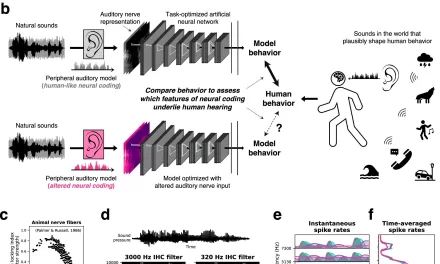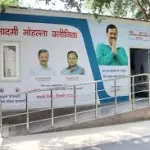The medical world, despite being filled with human interaction, is often a lonely place. A pre-pandemic study found doctors among the loneliest professionals, a trend exacerbated by the COVID-19 pandemic. While loneliness is often associated with physical isolation, healthcare workers experience it even when surrounded by colleagues and patients.
The Irony of Isolation:
Doctors, acutely aware of loneliness’s devastating health impacts, often struggle with it themselves. The demanding nature of medical training and practice, coupled with long hours and a focus on patient care, leaves little time for genuine social connection.
The Illusion of Connection:
Modern technology, while increasing efficiency, can also contribute to isolation. Electronic medical records and remote communication can replace in-person interactions, creating distance between providers and patients.
Breaking Down the Barriers:
Addressing physician loneliness requires a multi-faceted approach.
-
Institutional Support:
- Creating peer support groups and spaces for informal social interaction.
- Redesigning workspaces to foster collaboration and connection.
- Implementing resiliency training programs for staff.
-
Individual Action:
- Prioritizing self-care and recognizing the importance of personal well-being.
- Openly discussing loneliness with colleagues and seeking support when needed.
- Cultivating genuine connections with patients beyond the clinical setting.
By acknowledging and addressing the issue of loneliness within the medical profession, we can create a healthier and more supportive environment for healthcare workers, ultimately improving both their well-being and the quality of patient care.
Disclaimer: This article is for informational purposes only and does not constitute medical advice.











